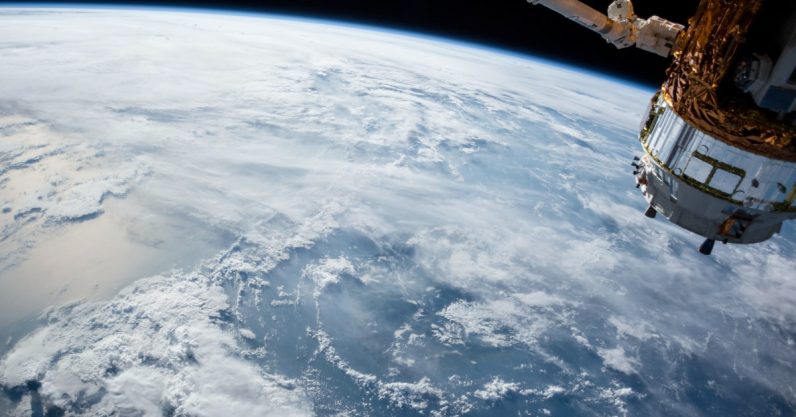Some like it hot
Another quality to look for when searching for worlds with liquid water (and potentially life) is heat — needed to melt ice and drive chemical reactions. This planetary heat typically comes from two sources — radiogenic heat, driven by radioactive decay inside a planet, and tidal forces, the stretching of planets and moons as they orbit each other, the same force which creates tides on Earth.
This heat can be expelled from inside a planet though two means — continental drift, or volcanoes (including cyrovolcanoes which erupt with water rather than lava). The means by which this energy is released is important, potentially determining whether or not the planet is habitable.
Worlds with too much volcanism can turn into lava-covered infernos, while too little volcanic activity can prevent a world from developing a protective atmospheric layer. Worlds with moderate volcanism may be needed to support liquid water and a robust biological chemistry.

Many of these worlds could also release significant quantities of heat, the study found. This release, together with advances in exoplanet imaging, could help astronomers pinpoint water worlds orbiting other stars.
The majority of these ocean worlds may be similar in structure to the icy moons of the giant planets, having internal oceans beneath layers of surface ice. If so, these planets may exhibit cryovolcanism (i.e., icy volcanism) at their surfaces,” researchers wrote in an article published in the Publications of the Astronomical Society of the Pacific.
Current technology is not able to record detail of exoplanets, but new observatories, including the James Webb Space Telescope, may be able to detect water on these distant worlds. Such findings could allow Quick and her team to determine which of these worlds (if any) are likely to develop life.
“Future missions to look for signs of life beyond the solar system are focused on planets like ours that have a global biosphere that’s so abundant it’s changing the chemistry of the whole atmosphere. But in the solar system, icy moons with oceans, which are far from the heat of the Sun, still have shown that they have the features we think are required for life,” explains Aki Roberge, a NASA Goddard astrophysicist who worked with Quick developing this study.
Worlds in our own solar system which could support life include Europa, one of the largest moons of Jupiter. In the coming years, NASA plans to launch the Europa Clipper to the Jovian system, exploring this moon marked by a network of cyrovolcanoes, shooting water and ice into space. This study could assist astronomers looking at planets around other stars in the search for alien life. This NASA video below shows a look at the TRAPPIST-1 system, one of the most likely places for us to find life.
[embedded content]
One of the most promising star systems is the TRAPPIST-1 solar system, located 39 light years from Earth. Once the James Webb Space Telescope reaches it operating position nearly a million miles from Earth, it will turn its sights to the TRAPPIST-1 system in the search for water and life. Of the seven known worlds in that system, Quick and her team believe four planets could be home to vast oceans.
“If we see that a planet’s density is lower than Earth’s, that’s an indication that there might be more water there and not as much rock and iron. But if a planet’s surface temperature is less than 32 degrees Fahrenheit (0 degrees Celsius), where water is frozen, then we have an icy ocean world, and the densities for those planets are even lower,” Quick explains.
water on distant worlds, we may, one day soon, find the telltale signs of life.
This article was originally published on The Cosmic Companion by James Maynard, founder and publisher of The Cosmic Companion. He is a New England native turned desert rat in Tucson, where he lives with his lovely wife, Nicole, and Max the Cat. You can read this original piece here.
Astronomy News with The Cosmic Companion is also available as a weekly podcast, carried on all major podcast providers. Tune in every Tuesday for updates on the latest astronomy news, and interviews with astronomers and other researchers working to uncover the nature of the Universe.
